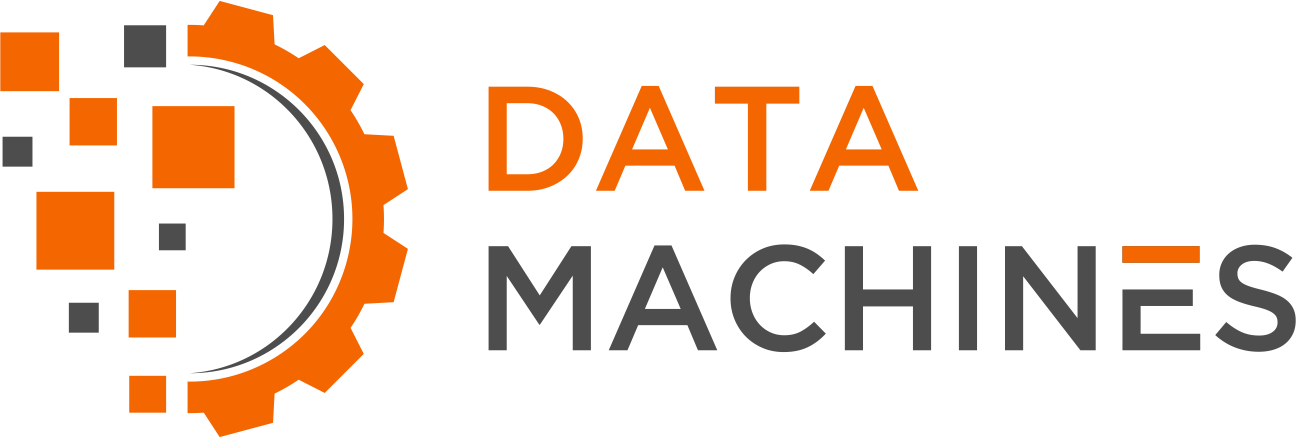Seven Key Insights From OpenInfra Summit Vancouver 2023
By Zobair Shahadat
OpenInfra Summit - Dr. Rion Dooley, Zobair Shahadat
Join me as I take you behind the scenes of the OpenInfra Summit in Vancouver, Canada, where the latest advancements and trends in technology infrastructure were unveiled. Get an exclusive glimpse into this exciting event and discover what lies ahead in the world of infrastructure technology.
The event was truly special as I had the pleasure of reconnecting with two extraordinary friends, Dr. Rion Dooley and Dr. Martial Michel. Their invaluable contributions and past experiences as chairs and presenters at the OpenInfra Summit made this event even more unique.
OpenInfra Summit - Dr. Martial Michel, Dr. Rion Dooley, Zobair Shahadat
After immersing ourselves in the event, here are seven insights from the event.
1. Embracing Change in OpenStack:
OpenStack is undergoing transformation due to the rise of public cloud services like AWS. There were fewer technology vendors at the summit in 2023, indicating a shifting landscape. However, the integration of Kubernetes with OpenStack generated significant interest and showcased its potential for efficient infrastructure management.
To reduce the barrier to entry, DevStack and Sunbeam were presented which simplifies experimentation with OpenStack. You can learn more about Sunbeam installation and configuration at this link, and for DevStack, refer to the official documentation.
2. Rethinking Costs and OpenStack's Value:
As infrastructure costs in the cloud soar, organizations are reconsidering OpenStack as a cost-effective alternative to the public cloud offerings. The summit highlighted OpenStack's continued relevance, making it worth exploring further for specific use cases and budget considerations.
3. OpenStack Powering Up with GPUs:
The demand for GPU integration in OpenStack was a key focus at the summit. With AI and machine learning on the rise, GPU accelerated computing is becoming essential. Discussions centered around cost-effective GPU usage through partial GPU provisioning.
4. Security in Focus with IBM and Red Hat:
IBM's acquisition of Red Hat brings a renewed emphasis on security. They are prioritizing security enhancements through FIPS-compliant components. IBM’s discussion around security revolved around- Ceph, a storage backend component for Kubernetes and OpenStack. IBM’s general release cycles will focus on tightening security for many of Red Hat’s products.
5. Ansible Simplifying Infrastructure Deployment:
Ansible, an infrastructure-as-code tool, gained attention at the summit for its streamlined system configuration and deployment. Success stories of deploying data center infrastructure using Ansible and OpenStack were shared. Exploring Ansible and leveraging open-source contributions can revolutionize our infrastructure processes.
To explore the wide range of community plugins available for Ansible, visit the Ansible Galaxy at this link.
To learn more about Kolla-Ansible, an openstack deployment option, refer to the official documentation.
6. Terraform Enabling hybrid cloud:
Terraform has become the standard for cloud-agnostic infrastructure deployment tools. It simplifies resource provisioning across platforms like Azure, Google Cloud, AWS, OpenStack, and Kubernetes, transforming infrastructure code efficiently. A huge list of Terraform providers are listed on this page.
7. Kubernetes: Unlocking Application Potential:
Kubernetes proved to be a game-changer for application delivery and deployment. Its ability to efficiently manage containerized applications at scale resonated strongly with summit participants. OpenStack-Helm simplifies the process of running Kubernetes with OpenStack. The helm chart enables the deployment of OpenStack controller components in a cloud-native manner, simplifying scalability, redundancy, and overall deployment processes. To explore OpenStack Helm, visit their official GitHub repository at this link.
The OpenInfra Summit was a great experience, exposing us to the latest developments in open-source infrastructure technologies. Ansible, Kubernetes, and Terraform are becoming one of the most sought-after skills. As OpenStack evolves and aligns with Kubernetes and the cloud, it’s worth it for technologists to explore and learn the potential of these tools.


